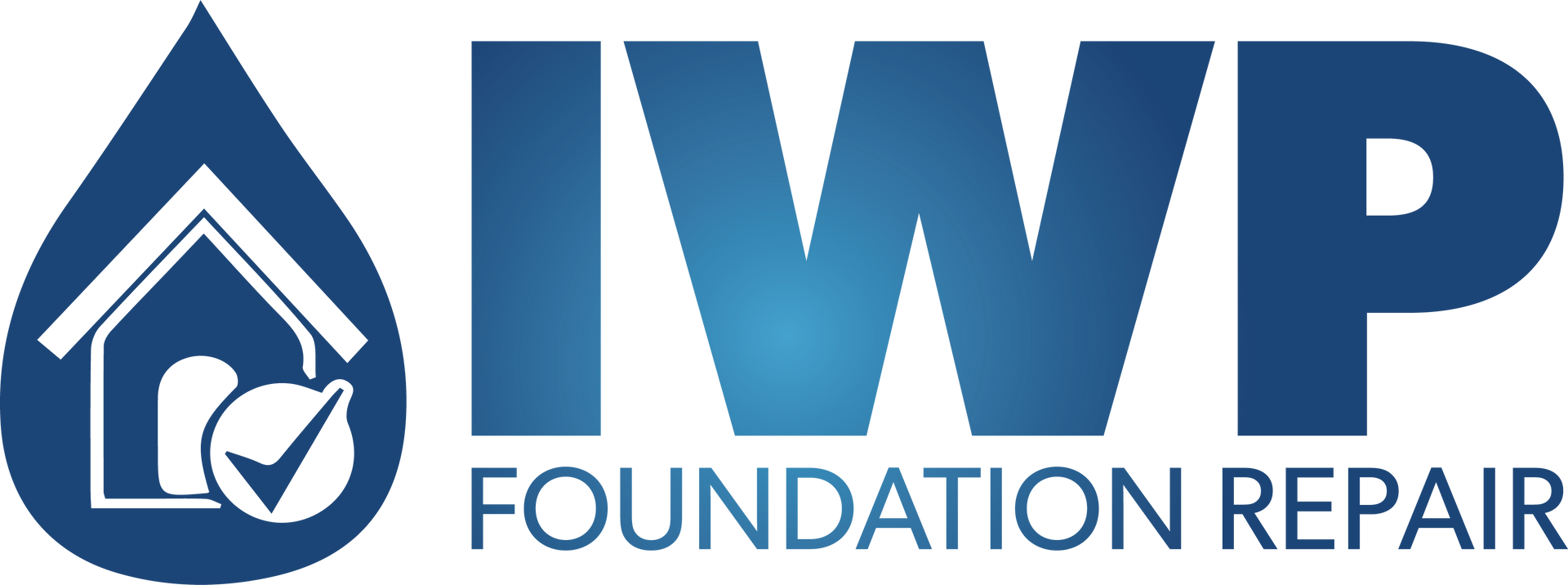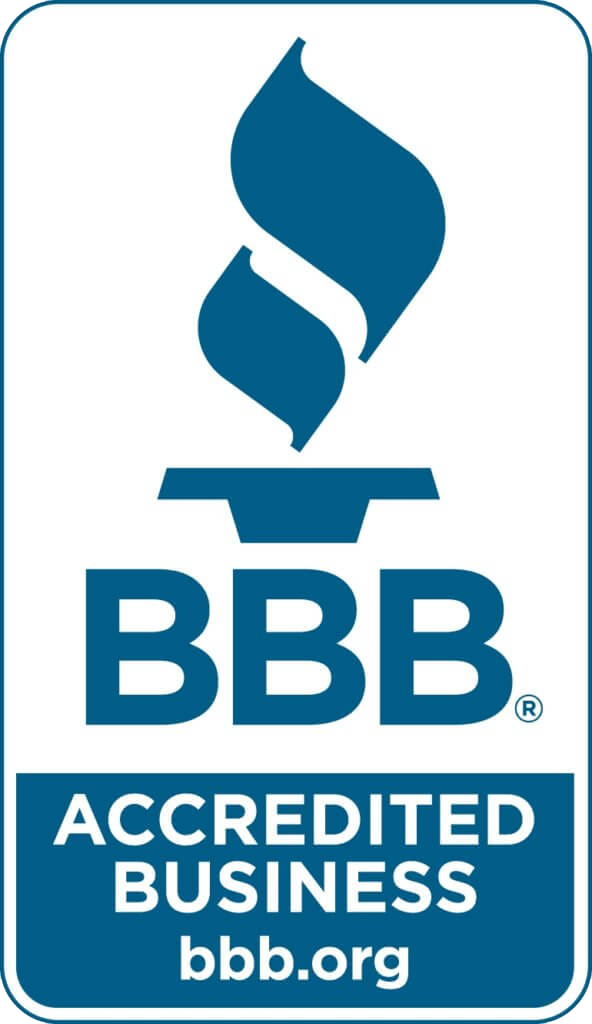Unlocking the Secrets of Stability: The Science and Steps Behind Helical Piers
Unlocking the Secrets of Stability: The Science and Steps Behind Helical Piers
Your home's foundation is its silent sentinel, bearing the weight of the entire structure and ensuring its stability. However, when foundation issues arise, it's essential to address them promptly to prevent further damage. Helical piers, also known as screw piles or helical piles, are a revolutionary solution for stabilizing foundations and restoring structural integrity. In this comprehensive article, we'll delve into the science behind helical piers, explore how they work, and outline the steps involved in their installation.
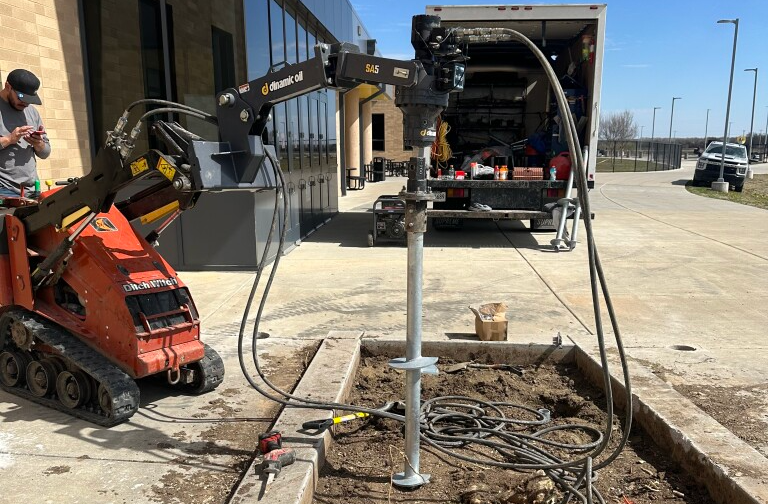
The Science Behind Helical Piers
Helical piers are a type of deep foundation system designed to transfer structural loads from unstable soil to more stable soil or bedrock. Here's how they work:
- Helical Plates: Helical piers consist of a steel shaft with helical plates attached to it. These helical plates resemble large screws and are twisted into the ground using hydraulic machinery. The helical plates provide bearing capacity and stability by engaging with the soil and resisting uplift and lateral forces.
- Installation Process: The installation process begins with excavating soil around the foundation to expose the footing. Hydraulic machinery is then used to drive the helical piers into the ground until they reach stable soil or bedrock. The torque required to install the piers is carefully monitored to ensure proper bearing capacity and stability.
- Load Transfer: Once installed, the weight of the structure is transferred from the foundation to the helical piers. The helical plates provide support and stability by distributing the structural loads evenly and preventing settlement or movement.
The Steps Involved in Helical Pier Installation
The installation of helical piers typically involves several key steps:
- Site Assessment: A qualified foundation repair contractor assesses the site to determine the extent of the foundation issues and the appropriate placement of helical piers.
- Excavation: Soil around the foundation footing is excavated to expose the foundation and provide access for pier installation.
- Pier Installation: Hydraulic machinery is used to drive the helical piers into the ground at predetermined locations along the foundation perimeter. The piers are driven to the required depth or until they reach stable soil or bedrock.
- Torque Monitoring: During installation, the torque required to drive the helical piers into the ground is carefully monitored to ensure proper bearing capacity and stability.
- Load Transfer: Once installed, the weight of the structure is transferred from the foundation to the helical piers. The helical plates engage with the soil and provide support, preventing settlement or movement.
Advantages of Helical Piers
Helical piers offer several advantages over traditional foundation repair methods:
- Minimal Disruption: Helical piers require minimal excavation and disruption to the surrounding landscape, making them ideal for retrofitting existing structures or working in confined spaces.
- Immediate Load Transfer: Helical piers can support the weight of the structure immediately after installation, allowing for faster project completion and minimal downtime.
- Versatility: Helical piers can be used in a wide range of soil conditions and foundation repair applications, including stabilizing settling or sinking foundations, underpinning existing structures, and supporting new construction projects.
Helical piers are a versatile and effective solution for stabilizing foundations and restoring structural integrity. By understanding the science behind helical piers and the steps involved in their installation, homeowners can make informed decisions about addressing foundation issues and protecting their investment. Consulting with a qualified foundation repair contractor is essential for assessing the extent of the foundation issues and determining the best course of action for restoring the stability and integrity of your home's foundation. So don't wait until it's too late - invest in the health and longevity of your home by addressing foundation issues promptly and effectively with helical piers.
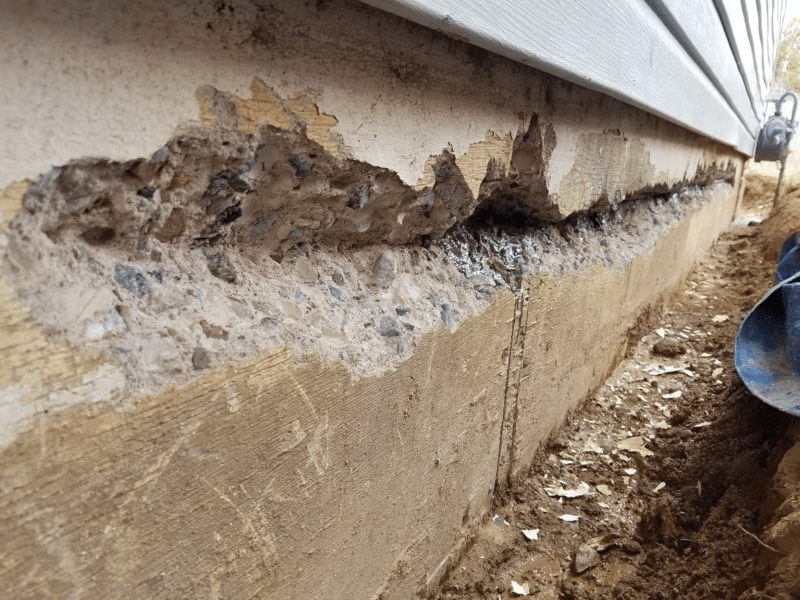
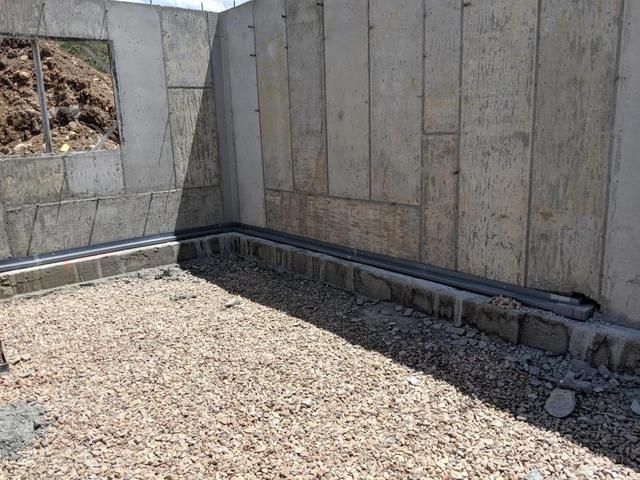


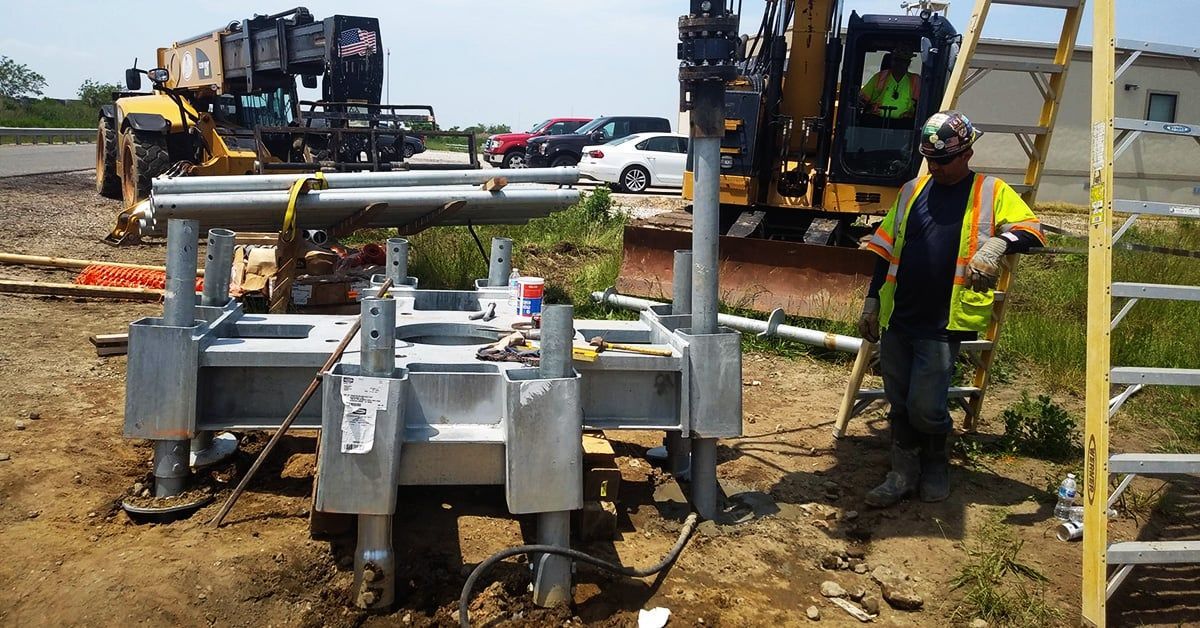





HAVE PEACE OF MIND WITH IWP FOUNDATION REPAIR
With over 30 years of combined experience in the business, you know that you can trust our team to get the job done right the first time. We value the customer experience, which is why we take the time to listen to your concerns, answer all your questions, and explain the best plan of action for your home. If you’ve noticed any foundation issues at all, no matter how minor they seem, you should call a professional. Our expert team is waiting for you, so call today for a free evaluation!
